Meiosis Process and Phases Overview
This document provides detailed information about meiosis, including its phases and functions. The content outlines the significance of meiosis in sexual reproduction and the chromosome reduction process. Explore the differences between meiosis I and meiosis II for a better understanding of genetic diversity.
Edit, Download, and Sign the Meiosis Process and Phases Overview
Form
eSign
Add Annotation
Share Form
How do I fill this out?
To fill out this document, start by reviewing the phases of meiosis presented. Carefully label the diagrams according to the instructions provided. Finally, ensure all required fields are completed accurately.
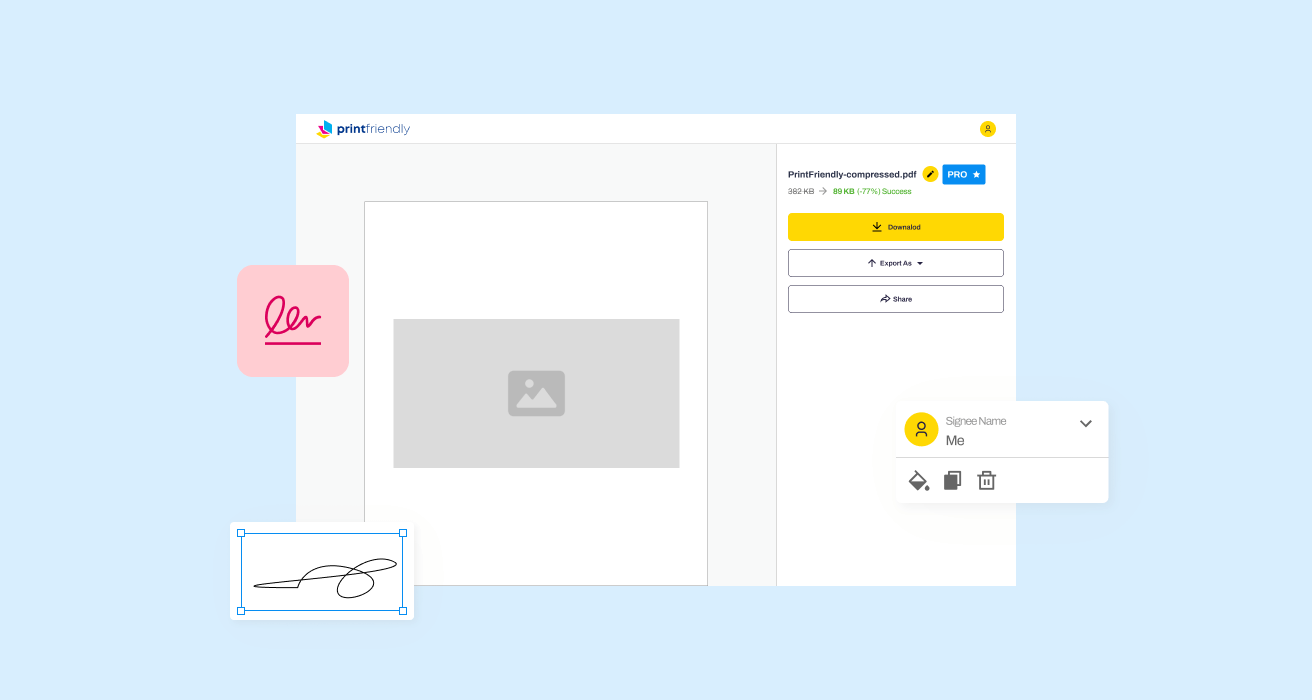
How to fill out the Meiosis Process and Phases Overview?
1
Read through the document carefully.
2
Label each diagram with the corresponding phase.
3
Complete all required fields as indicated.
4
Double check your entries for accuracy.
5
Submit the completed document as instructed.
Who needs the Meiosis Process and Phases Overview?
1
Biology students who need to understand meiosis.
2
Teachers looking for educational resources on meiosis.
3
Researchers studying genetic variation through meiosis.
4
Textbook authors needing accurate meiosis diagrams.
5
Healthcare professionals educating patients about reproduction.
How PrintFriendly Works
At PrintFriendly.com, you can edit, sign, share, and download the Meiosis Process and Phases Overview along with hundreds of thousands of other documents. Our platform helps you seamlessly edit PDFs and other documents online. You can edit our large library of pre-existing files and upload your own documents. Managing PDFs has never been easier.

Edit your Meiosis Process and Phases Overview online.
Editing this PDF on PrintFriendly is straightforward. Use our intuitive editing tools to modify text and diagrams directly on the document. You can quickly save your changes for future reference.

Add your legally-binding signature.
Signing the PDF on PrintFriendly is easy and convenient. Simply use our digital signature feature to add your name or initials. This process ensures that your document is uniquely yours.

Share your form instantly.
Sharing the PDF on PrintFriendly takes just a moment. Use our built-in sharing options to distribute the document via email or social media. Ensure your colleagues and friends have access to this valuable resource.
How do I edit the Meiosis Process and Phases Overview online?
Editing this PDF on PrintFriendly is straightforward. Use our intuitive editing tools to modify text and diagrams directly on the document. You can quickly save your changes for future reference.
1
Open the PDF file in PrintFriendly.
2
Select the editing tool you wish to use.
3
Click on the text or image you want to modify.
4
Make your changes using the provided tools.
5
Save your edits and download the updated PDF.

What are the instructions for submitting this form?
To submit the completed form, you can send it via email to info@biologyresources.com. Alternatively, you may fax it to (555) 123-4567. For online submissions, visit our website and use the submission portal. It is advisable to keep a copy of your submission for your records.
What are the important dates for this form in 2024 and 2025?
Important dates related to meiosis research or educational programs are yet to be determined. Stay tuned for updates on semester timelines or research deadlines in upcoming years.

What is the purpose of this form?
The purpose of this form is to provide clarity on the meiosis process, detailing the stages and significance in genetic diversity. It serves as a resource for educational purposes, ensuring students grasp the complexities of sexual reproduction. Additionally, it aids educators in teaching this fundamental biological concept.

Tell me about this form and its components and fields line-by-line.

- 1. Phase Label: A field to label each phase of meiosis.
- 2. Chromosome Count: Enter the number of chromosomes for each stage.
- 3. Diagrams: Includes diagrams to be annotated with appropriate labels.
What happens if I fail to submit this form?
If you fail to submit this form, you may miss critical deadlines related to your studies or research. Ensure all sections are filled out accurately to avoid complications.
- Missed Educational Opportunities: Failure to submit may lead to missed insights in your biology curriculum.
- Confusion in Processes: Incomplete submissions could result in confusion regarding meiotic events.
How do I know when to use this form?

- 1. Biology Education: Utilize this form as a teaching tool in academic settings.
- 2. Research Documentation: Use this form for documenting research related to genetics.
Frequently Asked Questions
Can I edit the PDF using PrintFriendly?
Yes, you can easily edit the PDF using our user-friendly tools.
How do I download the edited PDF?
After editing, simply click on the download button to save your changes.
Is it possible to share the PDF directly?
Absolutely! You can share the PDF via email or social media straight from PrintFriendly.
Can I add my signature to the PDF?
Yes, you can add a digital signature to your PDF for personalization.
What features are available for editing?
You can modify text, images, and more with our comprehensive editing options.
Will my edits be saved automatically?
Your edits will not be saved automatically, so be sure to download the edited file.
How do I access the editing tools?
Editing tools are available once you open the PDF in PrintFriendly.
Can I revert changes to the original document?
Currently, reverting to the original document isn't available, so proceed with caution.
Is there help available if I encounter issues?
Yes, we provide help resources for any technical issues you may face.
When should I use this document?
Use this document when studying cell division and genetics.
Related Documents - Meiosis Overview
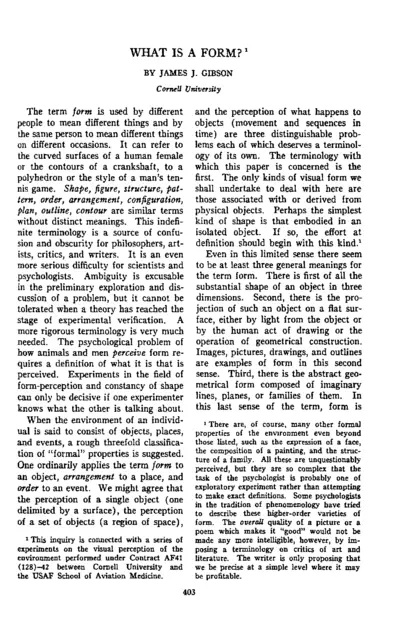
Understanding Form and Form-Perception by James J. Gibson
This document explores various definitions and theories of form, emphasizing the need for precise terminology. It delves into experiments related to the visual perception of form, distinguishing between solid and surface forms. The text critiques traditional views and presents new perspectives on form-perception.
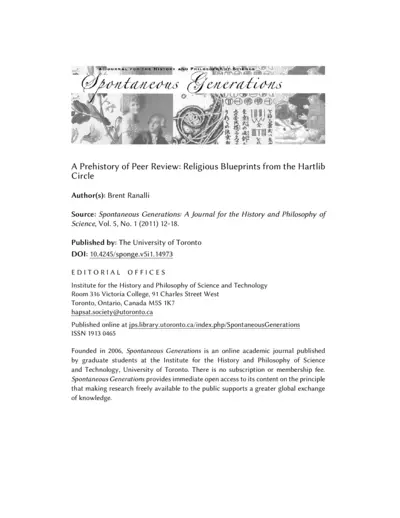
Prehistory of Peer Review: Religious Blueprints
This file explores the origins and development of peer review in science, tracing its roots to religious scholars in the Hartlib circle. It discusses the influence of the Royal Society of London and other early scientific organizations. The content is based on extensive historical research and analysis.
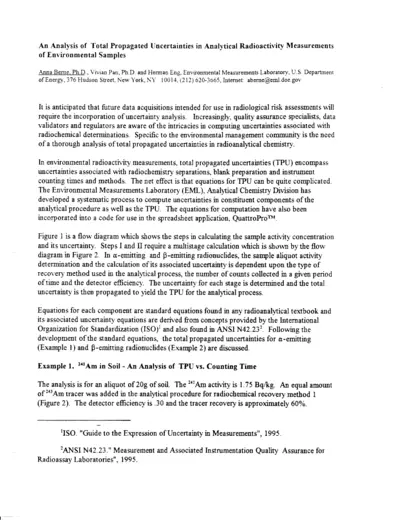
Analysis of Uncertainties in Radioactivity Measurements
This document discusses the uncertainties in analytical radioactivity measurements of environmental samples. It includes detailed equations and methods for calculating total propagated uncertainties. Useful for quality assurance specialists, data validators, and radiochemical analysts.

IRMS Sample Analysis Request Form Guidelines
This file contains instructions and details about the IRMS Sample Analysis Request Form. It is used to request sample analysis in the Laboratory for Isotopes and Metals in the Environment. Ensure you have the required approvals before using the IRMS.

Double Stuff Oreo Cookie Science Experiment
This file contains details and instructions for conducting a science experiment to evaluate the marketing claim of Double-Stuff Oreo cookies. Users will measure the mass of regular and Double-Stuff Oreo cookies along with their fillings. It guides users through the process of data collection, calculation, and analysis using the scientific method.
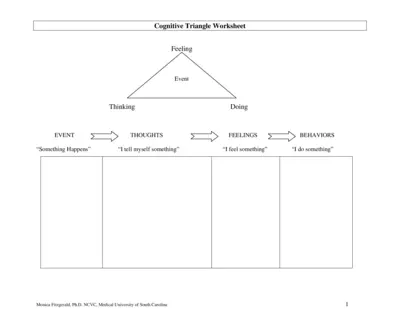
Cognitive Triangle Worksheet Instructions and Details
This file provides an overview and detailed instructions on how to use the Cognitive Triangle Worksheet. It helps users understand the relationship between their thoughts, feelings, and behaviors. Perfect for those interested in cognitive-behavioral strategies.

Engaging Doctor Pretend Play Printables for Kids
Transform playtime with free doctor pretend play printables designed for kids. These fun tools foster creativity and learning through imaginative play. Perfect for children from toddlers to first graders.
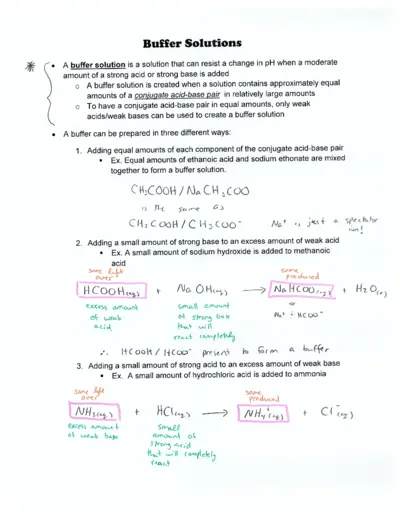
Buffer Solutions: Understanding Their Functionality
This file provides comprehensive insights into buffer solutions, including their preparation and pH resistance mechanisms. Ideal for chemistry students and professionals seeking to understand buffer systems. Practice problems included for hands-on learning.
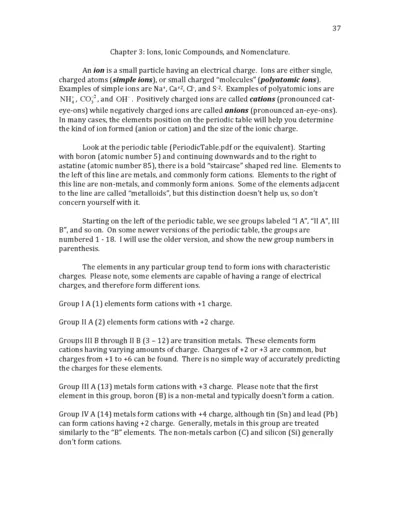
Ions and Ionic Compounds: Understanding Nomenclature
This file provides a comprehensive overview of ions, including their types, charges, and nomenclature rules. It covers essential details such as simple and polyatomic ions, and how to name them correctly. Perfect for students and professionals looking to deepen their understanding of ionic compounds.

Biology Form 3 Notes and Instructions
This file contains detailed biology notes for Form 3 students. It covers essential topics such as organism classification and characteristics of various kingdoms. Perfect for studying and exam preparation.
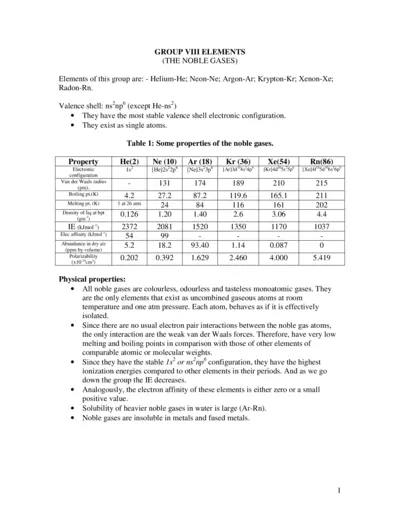
Noble Gases Properties and Chemical Behavior
This document provides a comprehensive overview of the noble gases, their properties, and chemical behaviors. It includes information on individual gases, their electronic configurations, and compound formations. Ideal for students and professionals in chemistry.
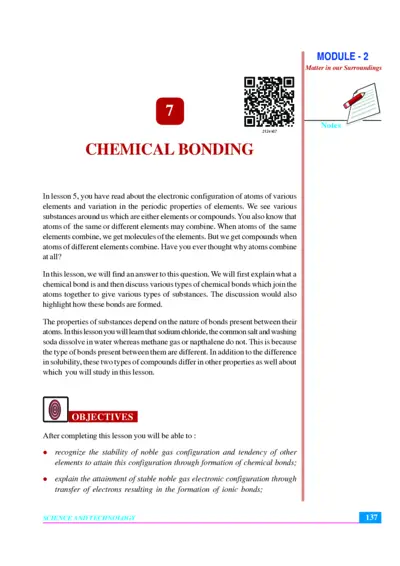
Chemical Bonding and Matter in Our Surroundings
This file provides detailed insights into chemical bonding, including ionic and covalent bonds. It covers the principles of matter in our surroundings and the electronic configurations of elements. Ideal for students and educators in chemistry to enhance their understanding.